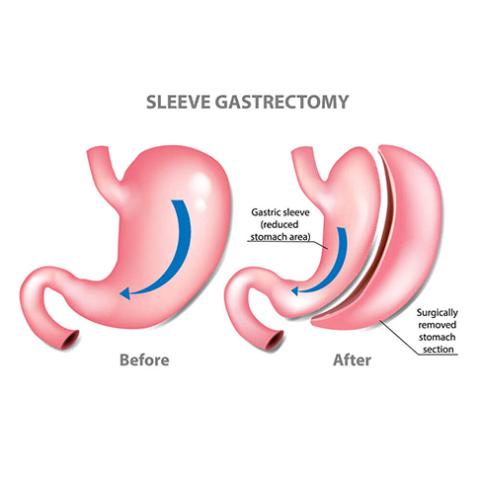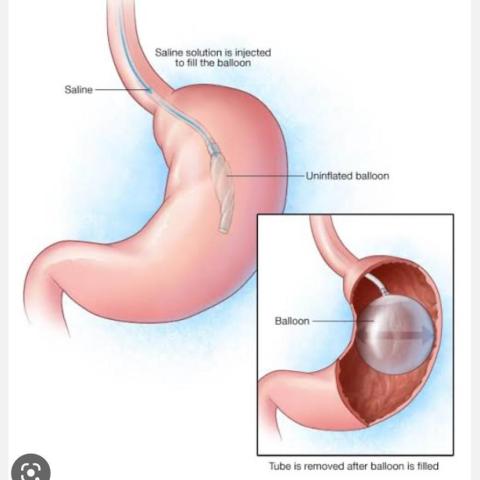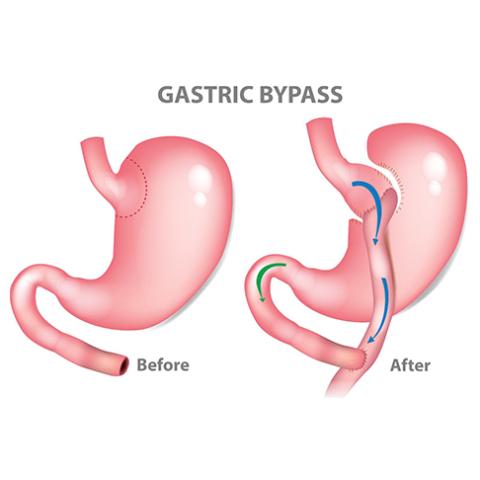General Abdominal Surgery
Obesity Surgery: Gastric Plication
Laparoscopic gastric plication is a newer minimally invasive weight-loss surgery technique that reduces the size of the stomach capacity to approximately 3 ounces. It is a restrictive weight-loss surgery, meaning that it restricts the amount of food the stomach can hold. You will feel full sooner so you won’t want to eat as much, which helps you lose weight. The procedure does not involve the use of an implanted device (such as gastric banding). Also, unlike the gastric sleeve procedure, gastric plication may be reversible because a portion of the stomach is not removed. In addition, unlike gastric bypass, gastric plication does not involve rerouting and reconnecting the intestines.



